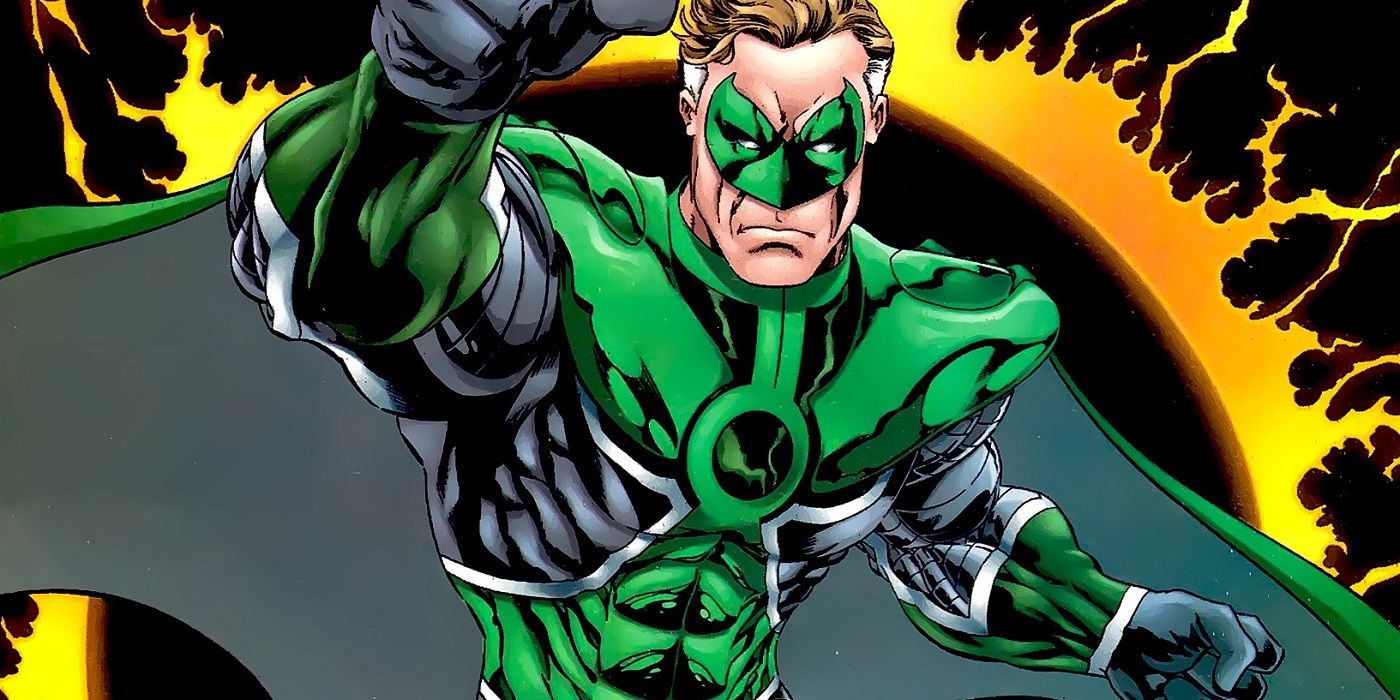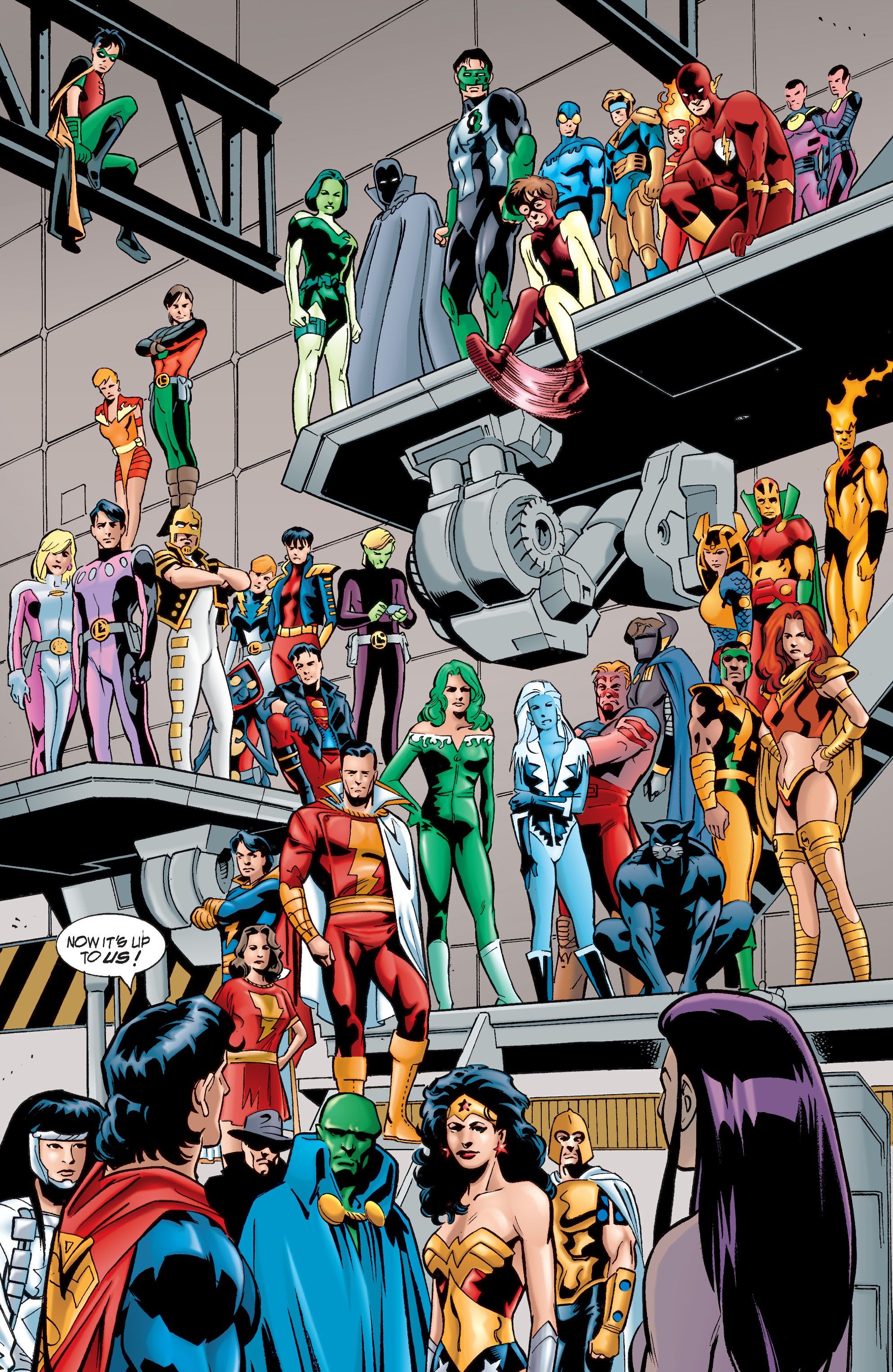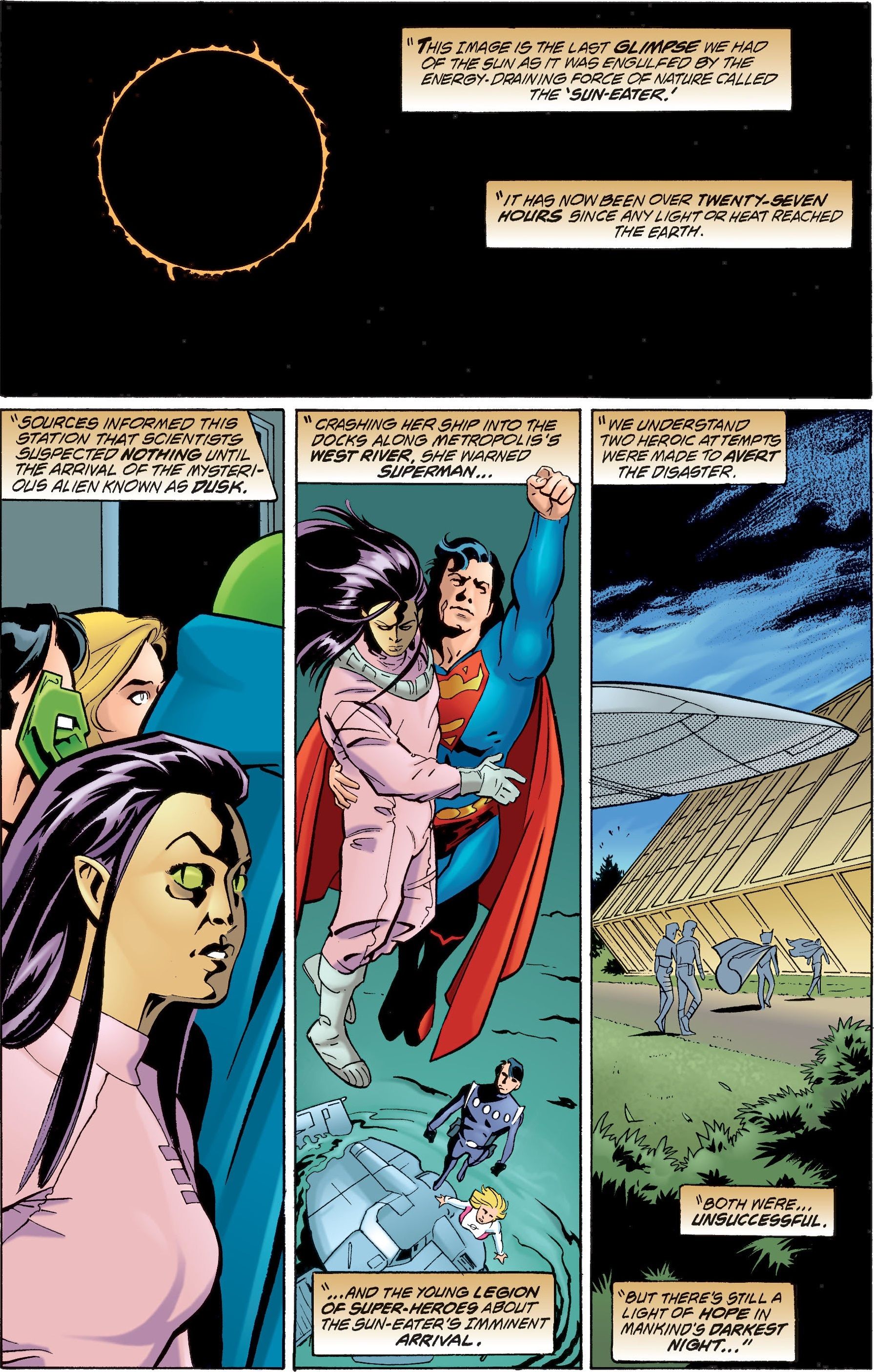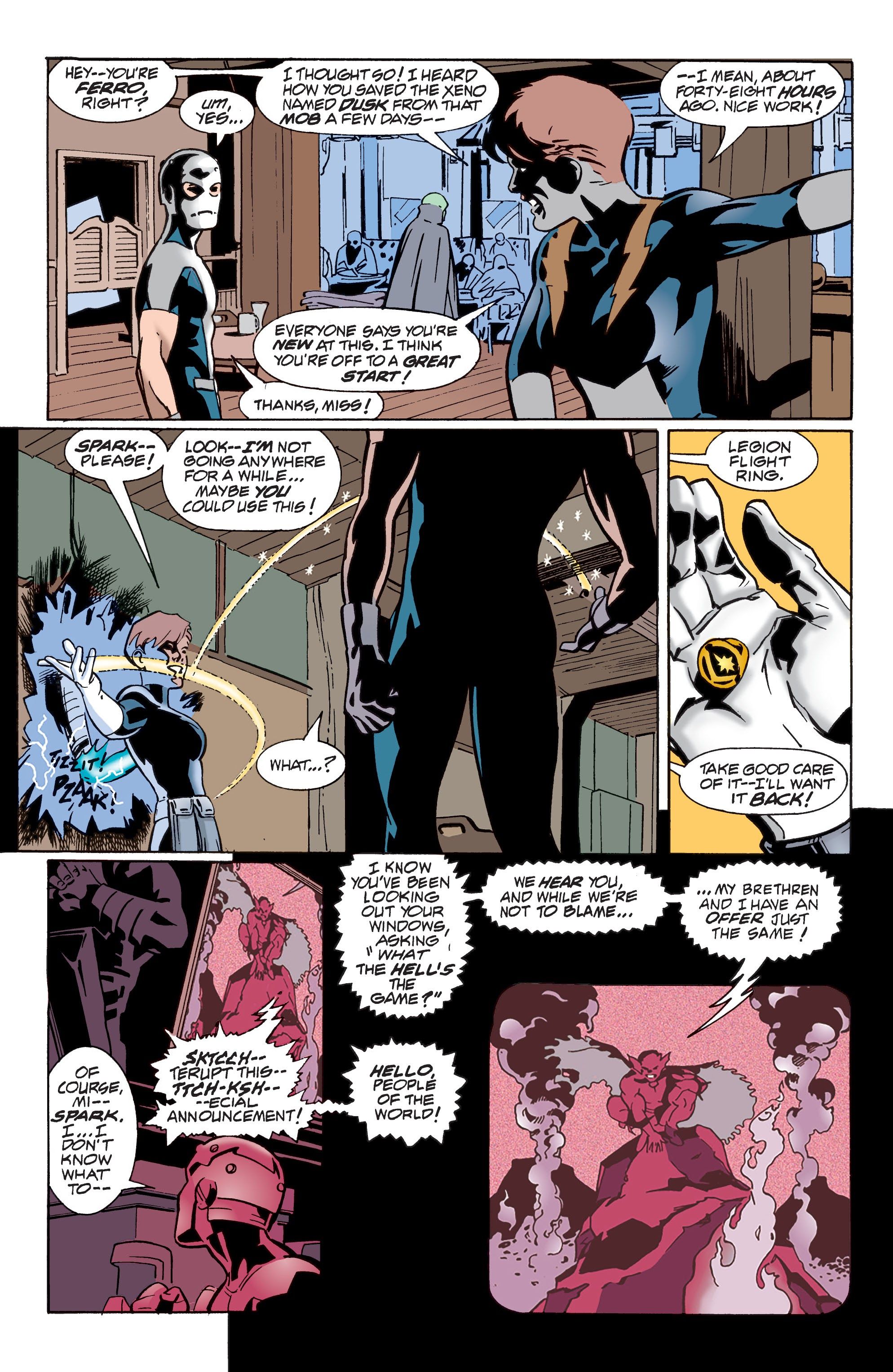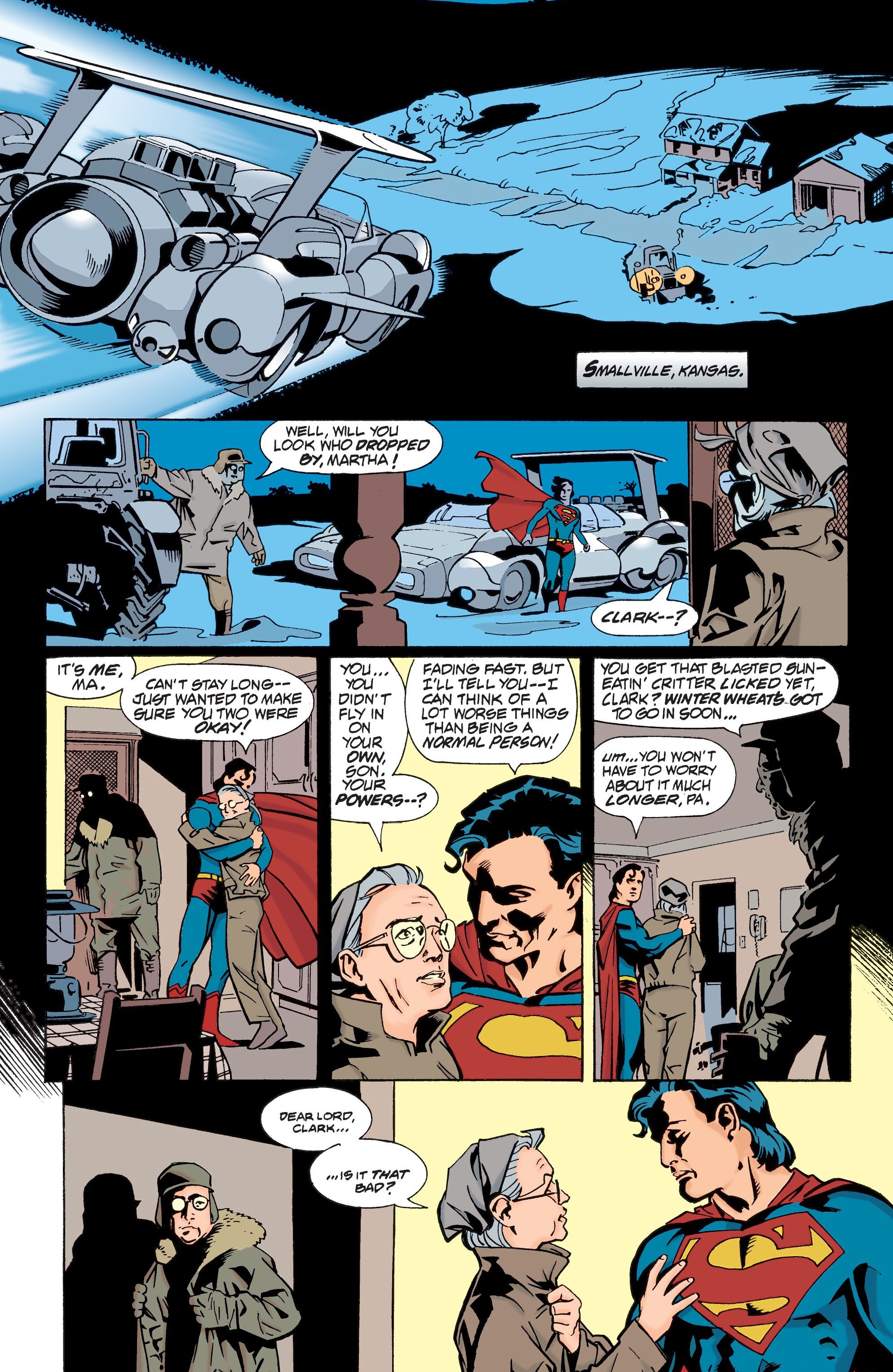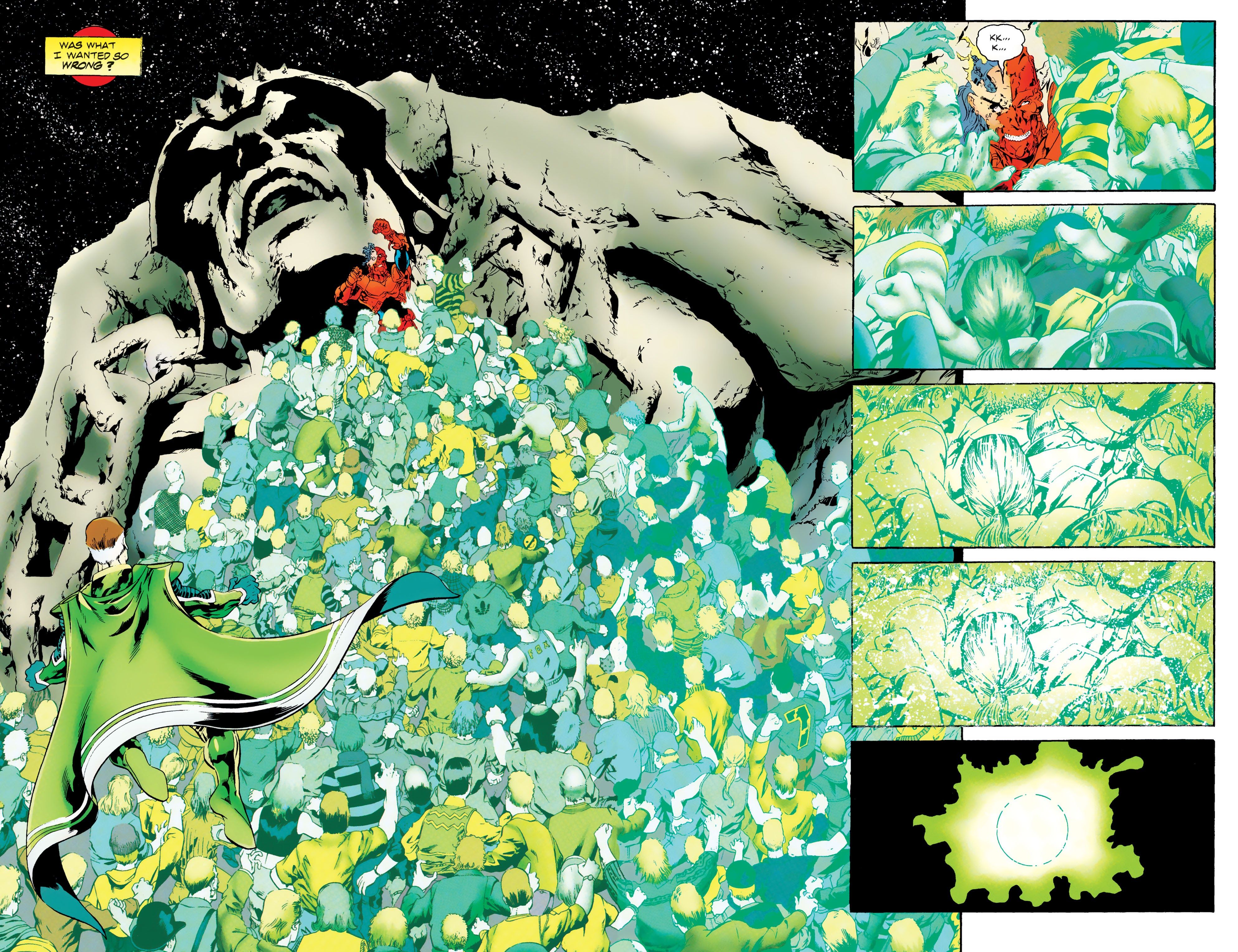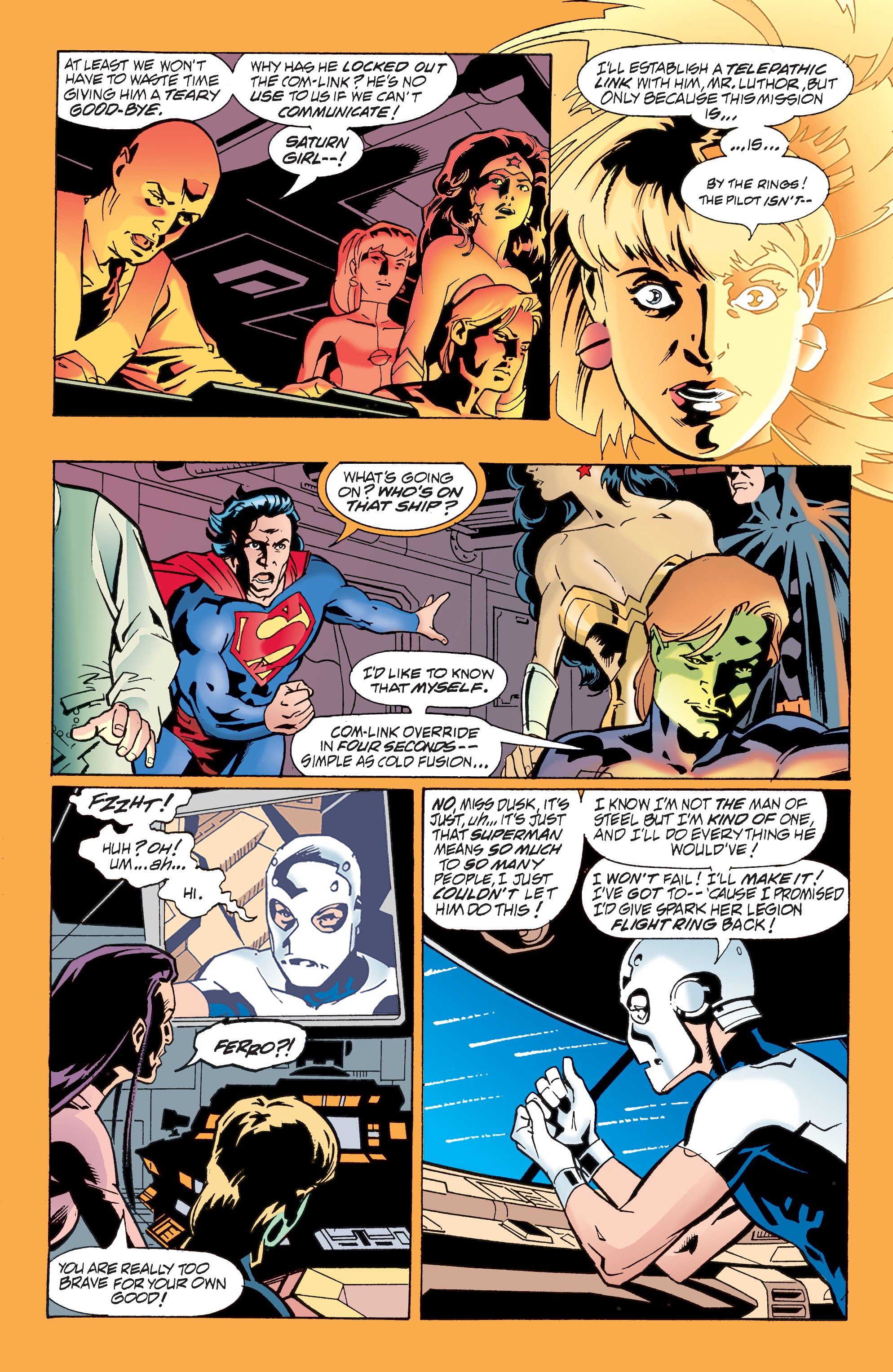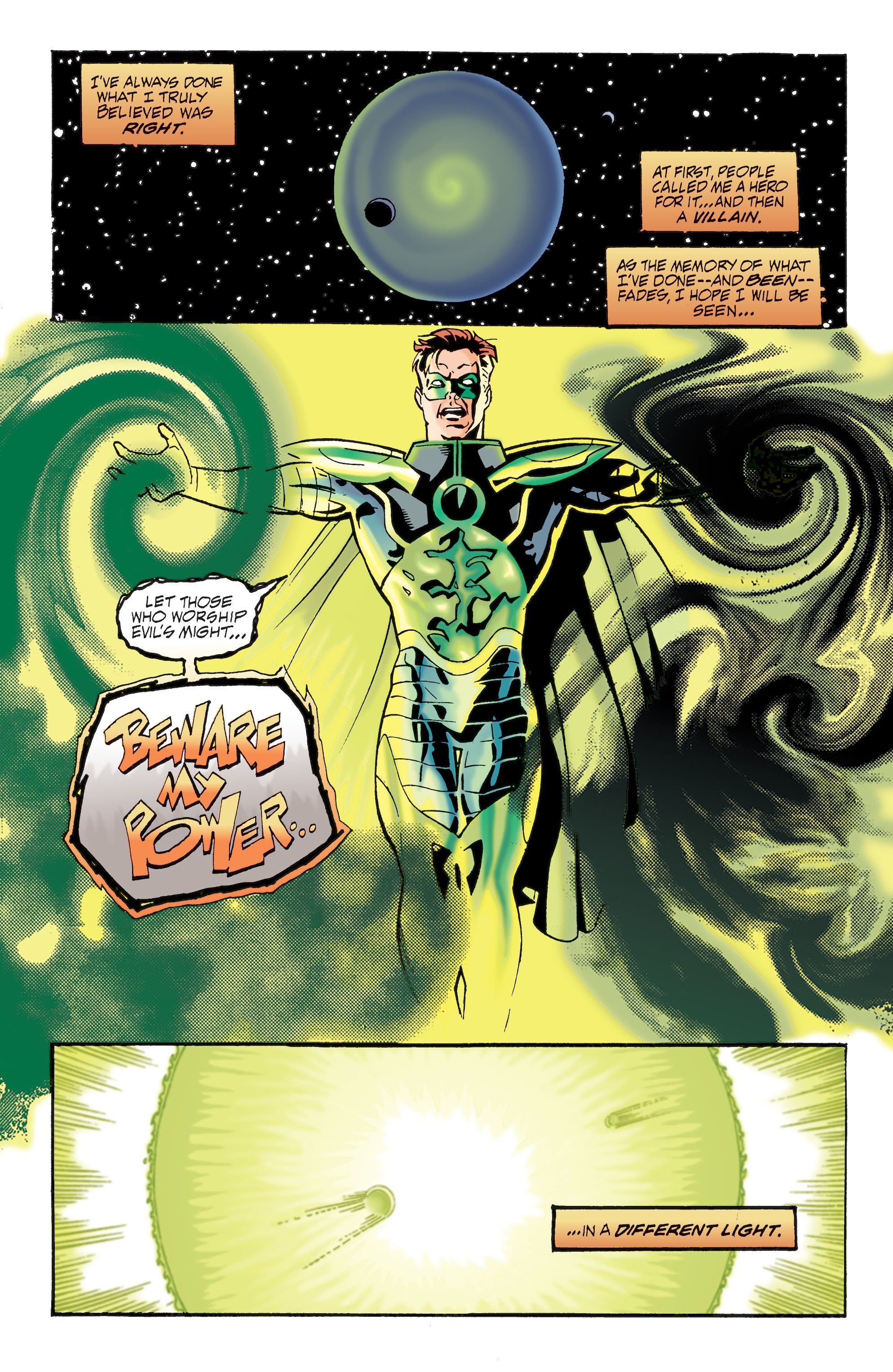Today, we look at how Final Night gave Hal Jordan the chance to die as a hero.
This is "Look Back," where every four weeks of a month, I will spotlight a single issue of a comic book that came out in the past and talk about that issue (often in terms of a larger scale, like the series overall, etc.). Each spotlight will be a look at a comic book from a different year that came out the same month X amount of years ago. The first spotlight of the month looks at a book that came out this month ten years ago. The second spotlight looks at a book that came out this month 25 years ago. The third spotlight looks at a book that came out this month 50 years ago. The fourth spotlight looks at a book that came out this month 75 years ago. The occasional fifth week (we look at weeks broadly, so if a month has either five Sundays or five Saturdays, it counts as having a fifth week) looks at books from 20/30/40/60/70/80 years ago.
Today, we go back to September 1996 for the excellent DC crossover, Final Night, by Karl Kesel, Stuart Immonen and Jose Marzan Jr. (with an additional story by Ron Marz, Mike McKone and Mark McKenna).
Karl Kesel is one of the more upbeat comic book writers around, which is why Final Night really stands out so much, because he is a guy who actively dislikes how mopey comic books can get and yet his entry into DC's world of companywide crossovers was one about the end of the world and all of the despair that accompanies something like that. However, naturally, a project like this is not about the despair, but rather the hope that comes out of the worst things in the world (in a lot of ways, Final Night reminds me of Nate Powell's recent book about dealing with Trump's term as President in Save It For Later).
Immonen and Marzan are wonderful artists and it is great to see them tackle the entire DC Universe at a fascinating point in time, when a number of the Legion of Super-Heores were stuck in the 20th Century (this was the Post-Zero Hour versions of these characters) and the Grant Morrison JLA was just mere months away, so the odd mid-1990s Justice League setup (Justice League America, Justice League Task Force and Extreme Justice) was still in effect. As I've written about before, one of the things I love about crossovers is how they're a snapshot in time of who the major heroes were at a particular company and here we see the oddball mixture of heroes that DC was rocking in September 1996...
In any event, the setup of the series is that the Sun-Eater, a Pre-Crisis Legion of Super-Heroes bad guy (who was defeated when Ferro Lad sacrificed himself to stop him), has shown up and has basically devoured Earth's sun, leaving Earth screwed...
Earth plunges into a bit of a mini-Ice Age and over the course of the series, we see humanity dealing with their impending doom and the best of the world obviously steps up while the worst continue to be the worst. The September 1996 tie-in issues are split between compelling looks at characters dealing with certain doom and "stories set in the snow."
During all of this, a new hero named Ferro shows up...
Without the sun, Superman is losing his powers and even he can't help but freak out, as he goes to visit his parents and they realize that, uh oh, if Superman is visiting them at this point in time, things must be REALLY bad...
This then leads to a one-shot tie-in called Final Night: Emerald Knight (by Marz, McKone and McKenna), where we first see Hal Jordan, Parallax, finally get his revenge on the Cyborg Superman, the man who had Coast City destroyed...
Kyle Rayner, the then-new Green Lantern, visits Hal and ultimately convinces him to use his great powers to help save the Earth.
This leads to the final issue, where Superman was prepared to try one final desperate plan to stop the Sun-Eater (who is now set to not only suck off the light of the sun, but about to send it supernova, destroying the galaxy) but Ferro has taken his place, thus seemingly recreating the Pre-Crisis death of Ferro Lad...
But instead, Hal Jordan shows up, saves Ferro Lad and then sacrifices himself while destroying the Sun-Eater...
With the day now saved and Earth back to normal, Superman and Batman have a great talk about whether Hal redeemed himself in the end or not. Batman doesn't think so, he thinks it was just a nice act by a villain, while Superman thinks Hal died as a hero.
Doing it all in a single month really helped Kesel to up the intensity of the series well. This was one of the best crossovers that DC ever did.
If you folks have any suggestions for October (or any other later months) 2011, 1996, 1971 and 1946 comic books for me to spotlight, drop me a line at brianc@cbr.com! Here is the guide, though, for the cover dates of books so that you can make suggestions for books that actually came out in the correct month. Generally speaking, the traditional amount of time between the cover date and the release date of a comic book throughout most of comic history has been two months (it was three months at times, but not during the times we're discussing here). So the comic books will have a cover date that is two months ahead of the actual release date (so October for a book that came out in August). Obviously, it is easier to tell when a book from 10 years ago was released, since there was internet coverage of books back then.

